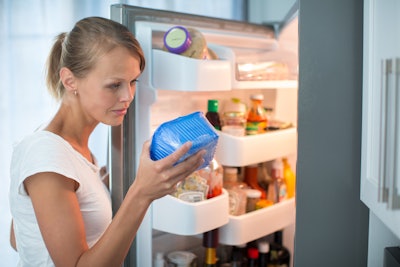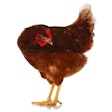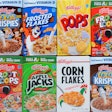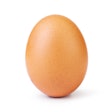
Smart packaging technology could allow consumers and producers to detect spoilage bacteria and reduce food waste, according to a paper published by researchers from McMaster University in Ontario, Canada.
The technologies are made to read biochemical signals from common culprits in spoilage, such as Listeria, Salmonella and E. coli, and include:
- A plastic wrapping that can detect and visibly signal when contents such as meat, cheese or produce has spoiled
- A small, self-activating test incorporated into a tray of chicken, fish or meat, that produces a visible signal when a product has spoiled
- A sprayable, food-safe gel composed of organic bacteriophages that eliminate spoilage bacteria
Currently, the research team is working with producers in North America and Europe and government regulators such as the Canadian Food Inspection Agency to commercialize one or multiple of the technologies.
In the paper, the researchers explain that the current practice of labelling fresh foods with a “best before” or “consume by” date is arbitrary and often causes safe food to be wasted, causing direct or indirect costs that producers and consumers are already paying for.
Biomedical Engineer and Entrepreneur on the project Tohid Didar said that while public agencies in Canada have recognized the value of the technology, incorporating it would require significant changes to food regulations and packaging practices. Didar added that even though the tests would cost only a few cents per package, producers are reluctant to take on the costs that would ultimately be passed on to the consumer.
“On the one hand, people want to have safe food to eat. On the other, they don’t want to pay more for their food, because prices are high already and seem only to be climbing higher,” stated Didar. “We are eager to make people aware of the challenges that exist, and start a conversation between researchers, policy makers, corporations and consumers work together to come up with solutions for such challenges.”
Multiple times, I have purchased food, including chicken, that smelled rancid before the best-before date, or oppositely, did not appear to spoil until after the best-before date. When I check to see if food is spoiled, I do look at the best by date, but I also use my organoleptic senses. I assume others do the same.
I would be hesitant to use a spray gel on my food. For now, I’ll stick to using my eyes and nose to tell me if something is spoiled or not.



















